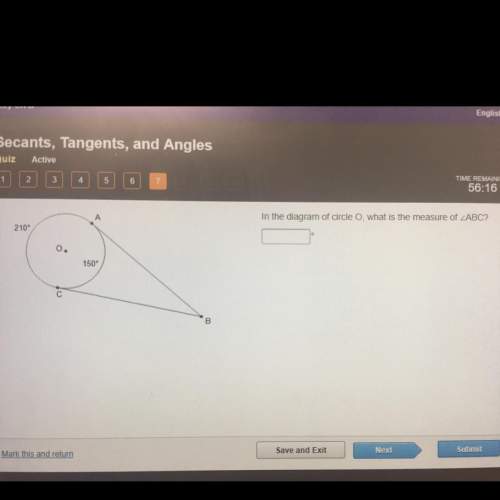
Mathematics, 28.08.2019 19:30 caghwhw
Use the equation s=n(n+1) to find the sum of consecutive even numbers through 40

Answers: 1


Other questions on the subject: Mathematics

Mathematics, 21.06.2019 16:50, lunamoon1
The rate of decay of a radioactive substance depends upon the amount present initially. the mass y (mg) of the radioactive substance cobalt-60 present in a sample at time t (years) is represented by the exponential equation y=50e −0.1315 t . answer the following questions in complete sentences. 1. how does the exponential equation above compare to the equation for simple interest that is compounded continuously? explain the similarities. 2. what is the initial amount of cobalt-60 in the sample? 2. how much cobalt-60 is left after 8.4 years? show your work. 3. what would be the y-intercept of the graph? what does it represent? 4. after how many years will the amount of cobalt-60 left be 6.25 mg? explain what happens to the cobalt-60 after 50 years? 5. discuss some “real-world” examples and uses of cobalt-60
Answers: 1

Mathematics, 21.06.2019 17:30, neverfnmind
James adds two numbers a + b. sally adds the same two numbers but reverse the order b + a what property of addition assures us that james and sally will get the same sum
Answers: 2

Mathematics, 21.06.2019 18:40, TheLuciferOG4558
Acircle has a circumference of 28.36 units what is the diameter of the circle
Answers: 2

Mathematics, 21.06.2019 22:10, Jenifermorales101
Write the function for the graph. (1.8) (0,4)
Answers: 3
You know the right answer?
Use the equation s=n(n+1) to find the sum of consecutive even numbers through 40...
Questions in other subjects:

History, 09.12.2021 02:20


Mathematics, 09.12.2021 02:20

English, 09.12.2021 02:20

English, 09.12.2021 02:20



Chemistry, 09.12.2021 02:20







